Garlic has long been celebrated for its potent medicinal properties, particularly its ability to combat bacteria when consumed raw. However, the same compounds that make garlic a powerful antimicrobial agent can also irritate the stomach lining, leading to discomfort or even gastritis in some individuals. This duality presents a dilemma for those seeking to harness garlic’s health benefits without suffering its adverse effects.
The key to understanding garlic’s impact lies in its active component, allicin. When garlic is crushed or chopped, an enzyme called alliinase converts alliin into allicin, the compound responsible for garlic’s distinctive odor and much of its antibacterial prowess. Allicin is highly effective against a range of pathogens, including bacteria, viruses, and fungi. Yet, this very compound can be harsh on the digestive tract, especially when ingested in large quantities or on an empty stomach.
For those with sensitive stomachs, consuming raw garlic may trigger heartburn, bloating, or nausea. The irritation stems from garlic’s ability to stimulate gastric acid production, which, while useful for digestion, can exacerbate conditions like acid reflux or peptic ulcers. This has led many to explore alternative ways of incorporating garlic into their diets that balance efficacy with digestive comfort.
One popular method is allowing chopped or crushed garlic to sit for 10–15 minutes before cooking. This brief resting period ensures maximum allicin formation while mitigating some of the harshness associated with raw garlic. Cooking garlic afterward reduces its pungency and makes it gentler on the stomach, though it also diminishes some of its antibacterial properties. Lightly sautéing garlic in olive oil, for instance, preserves a portion of its benefits while making it more palatable and digestible.
Another approach is fermenting garlic, which transforms its sharp, biting flavor into a mellower, slightly sweet profile. Fermented black garlic, in particular, has gained popularity for its enhanced antioxidant properties and reduced gastrointestinal irritation. The fermentation process breaks down allicin into other sulfur compounds that are less abrasive to the stomach while still offering health perks.
Some advocate for consuming garlic alongside soothing foods to buffer its effects. Combining raw garlic with honey, for example, creates a potent tonic that’s easier on the stomach. Honey’s viscous texture coats the digestive tract, while its natural antimicrobial properties complement those of garlic. Similarly, blending garlic into yogurt or mixing it with olive oil can help temper its intensity.
Timing also plays a role in optimizing garlic consumption. Eating garlic with meals, rather than on an empty stomach, can dilute its impact on gastric lining. Pairing it with fiber-rich foods like vegetables or whole grains further slows digestion, allowing the body to process garlic’s compounds more gradually and reducing the likelihood of irritation.
For those who struggle with raw garlic entirely, aged garlic extract (AGE) offers a viable alternative. AGE is produced by aging garlic over an extended period, resulting in a product rich in bioactive compounds like S-allyl cysteine, which is gentler on the stomach and more easily absorbed. Studies suggest AGE retains many of garlic’s cardiovascular and immune-boosting benefits without the digestive drawbacks.
Ultimately, the best way to consume garlic depends on individual tolerance and health goals. While raw garlic delivers the strongest antibacterial punch, it’s not the only—or even the optimal—choice for everyone. Experimenting with preparation methods, from light cooking to fermentation, can help strike a balance between harnessing garlic’s healing potential and maintaining digestive comfort.
Moderation remains crucial. Even in its gentlest forms, excessive garlic intake can overwhelm the system. Starting with small amounts and observing the body’s response allows for a personalized approach. Whether used as a culinary flavor enhancer or a targeted health supplement, garlic’s versatility ensures there’s a suitable form for nearly every palate and stomach.

By /Aug 1, 2025

By /Aug 1, 2025
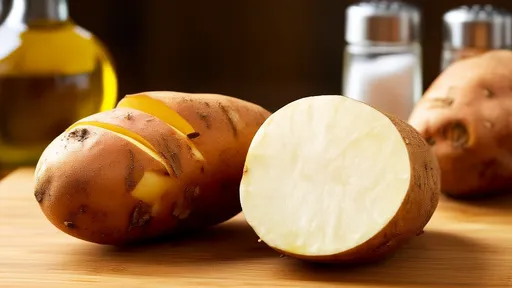
By /Aug 1, 2025

By /Aug 1, 2025

By /Aug 1, 2025

By /Aug 1, 2025

By /Aug 1, 2025

By /Aug 1, 2025
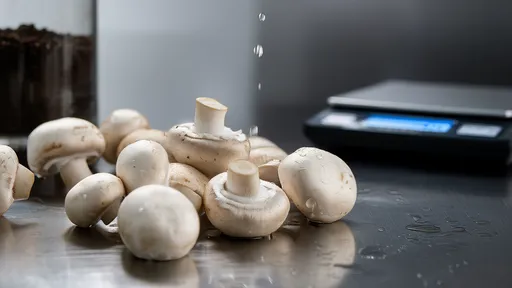
By /Aug 1, 2025
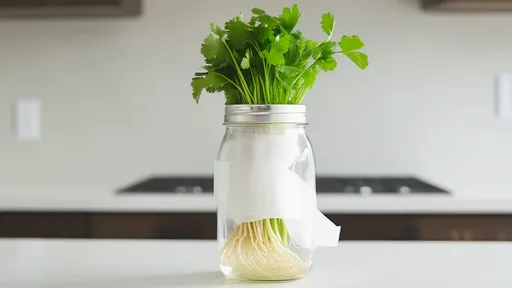
By /Aug 1, 2025
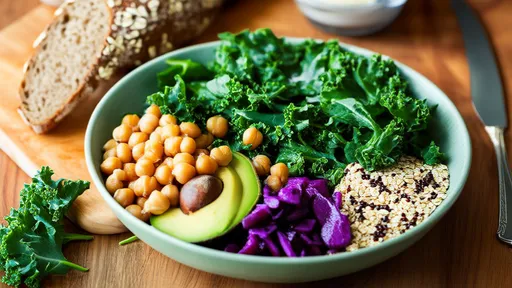
By /Aug 1, 2025

By /Aug 1, 2025
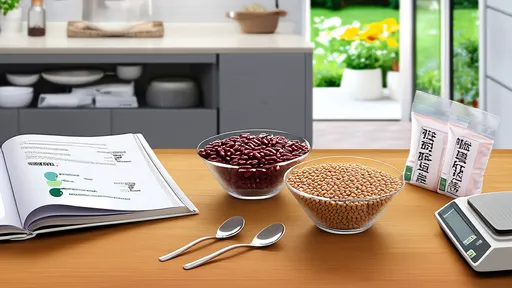
By /Aug 1, 2025

By /Aug 1, 2025

By /Aug 1, 2025

By /Aug 1, 2025

By /Aug 1, 2025
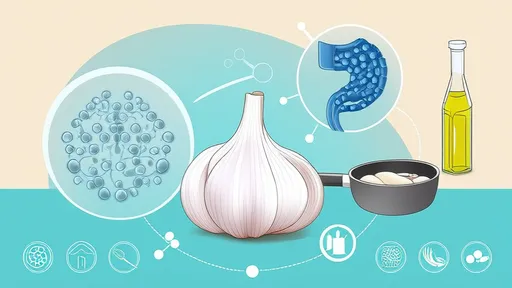
By /Aug 1, 2025